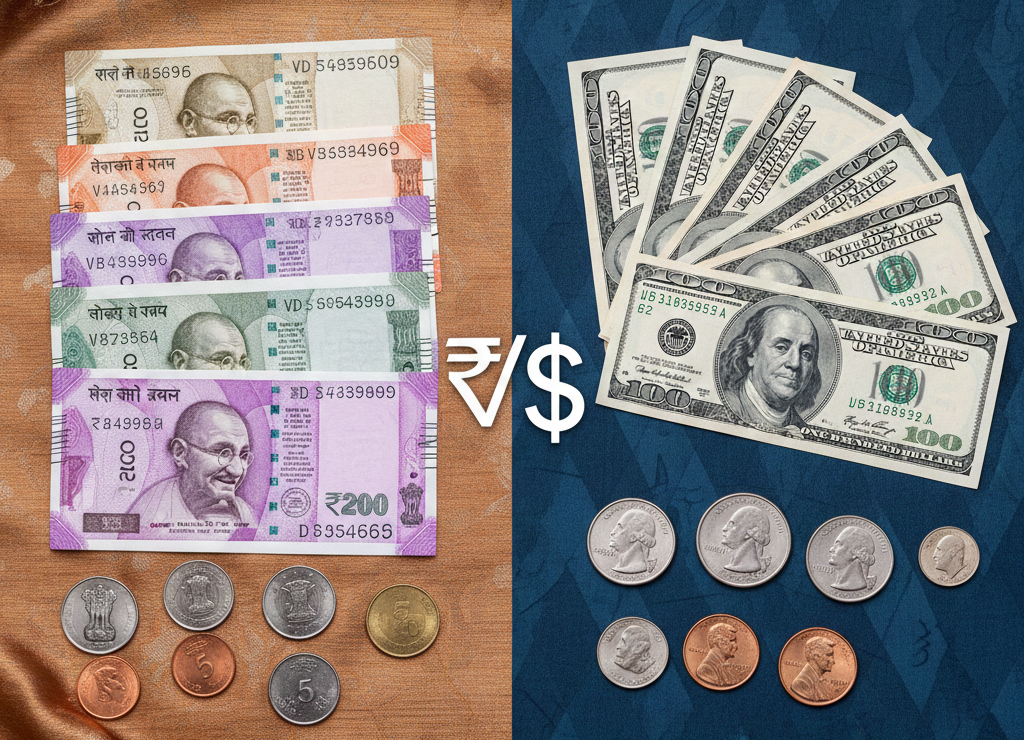The Public Provident Fund (PPF) is a highly favored savings scheme in India, primarily due to its assured returns and attractive tax benefits, which make it an appealing option for long-term financial planning. The PPF account has a maturity period of 15 years, after which account holders have the option to withdraw their funds.
However, even before the account reaches its maturity, partial withdrawals are permitted starting from the 6th financial year after the account is opened, but these are only allowed under specific conditions. In this Blog, we will provide you with all the essential information regarding PPF withdrawals, including the rules for both partial and full withdrawals, guidelines for premature closure, and options for extending your PPF account beyond its maturity period.
Public Provident Fund (PPF) Withdrawal Rules
Understanding PPF withdrawal rules is essential for maximizing the benefits of this investment. Let’s look at the table below to understand the types of PPF Withdrawals allowed under PPF:
| Type of PPF Withdrawal | Time Period | Reason | Amount |
| On Maturity | After 15 years | Any | Full Amount |
| Partial Withdrawal | After 6 years | Any | 50% of the balance |
| Premature Withdrawal | After 5 years | Medical, Education | Full Amount |
1. PPF Withdrawal Rules on Maturity (After 15 years)
After the completion of the 15-year term of a PPF account, you have the option to either withdraw the entire accumulated amount or extend the account for an additional 5-year block. There are no penalties or restrictions if you choose to withdraw the funds upon maturity.
Here’s an example of how PPF withdrawal works after maturity:
Imagine you opened a PPF account in 2024 with an initial deposit of ₹1,50,000 and continue to invest the maximum allowed amount each year. By 2039, your PPF account would mature, allowing you to withdraw the total accumulated balance.
Assuming an average interest rate of 7.1% over the 15-year period, the balance in your PPF account at maturity could be approximately ₹40,68,000. Since you have completed the 15-year term, you can withdraw the entire amount without any penalties or deductions.
2. PPF Partial Withdrawal Rules
Partial withdrawals from a PPF account are allowed once the account has been active for a minimum of 5 years. This feature enables account holders to access a portion of their funds while still maintaining the account and benefiting from compounded interest.
Here’s an example illustrating the partial withdrawal rules for PPF:
Imagine you opened a PPF account in 2018 and have been making regular contributions. By 2023, after 5 years, you need funds to pay for your child’s further education. You can withdraw up to 50% of the balance that was in your account at the end of the fourth year before the withdrawal year.
For instance, if the balance in your PPF account at the end of 2021 (which is the fourth year before 2023) was ₹5,00,000, you would be eligible to withdraw up to ₹2,50,000 (50% of ₹5,00,000).
3. PPF Premature Withdrawal Rules
Premature withdrawals from a PPF account are allowed under certain conditions, such as medical emergencies, educational expenses, or changes in residency status. However, withdrawing early might incur a penalty or result in reduced interest income. It’s important to note that premature withdrawals are only possible after the account has been active for at least 5 years.
Here’s an example to explain the rules for premature withdrawal from a PPF account:
Let’s say you opened a PPF account in 2018 and have been regularly contributing to it. In 2023, you face a medical emergency and urgently need funds. Under specific conditions and with potential penalties, you can withdraw the entire amount from your PPF account prematurely.
If you withdraw early, the interest earned on the account will be reduced by 1% from the rate at which it was credited since the account was opened or extended, depending on the situation.
What are the Tax Benefits on a Public Provident Fund (PPF)?
- PPF withdrawals are fully tax-exempt, including both at maturity and as partial withdrawals before maturity.
- PPF falls under the EEE (Exempt-Exempt-Exempt) tax category.
- Investments up to ₹1.5 lakh per year are tax-deductible under Section 80C of the Income Tax Act.
- The principal amount invested, interest earned, and maturity amount are all exempt from taxes.
- The maximum contribution to a PPF account per financial year is ₹1.5 lakh, which is fully tax-deductible if no other investments are made under Section 80C.
What is the PPF Calculator and How to use it?
A PPF calculator is an online financial tool designed to help users estimate the potential growth and returns of their Public Provident Fund (PPF) investments. It calculates the estimated maturity amount and interest earned based on various factors such as contribution amount, interest rate, and investment duration. By using a PPF calculator, individuals can project the future value of their PPF investments, make informed financial decisions, and plan their savings more effectively.
Calculation Formula for PPF
A specific formula is used to calculate the interest on a PPF account. Currently, the PPF scheme offers a compounded annual interest rate of 7.1%, which is adjusted quarterly by the Indian government.
A=P[I (1+i) n−1]
Where:
- A is the maturity amount.
- P is the principal amount (initial investment).
- i is the annual interest rate.
- n is the number of years the money is invested.
By inputting the principal amount, expected interest rate, and investment duration into this formula, you can estimate the maturity amount of your PPF account.
Conclusion
PPF is a safe and tax-advantageous investment choice, especially for long-term financial objectives. By familiarizing yourself with PPF withdrawal rules and utilizing a PPF calculator, you can better manage your finances and make well-informed decisions. Whether you’re looking at partial withdrawals, premature closure, or planning for maturity, understanding these elements will help you maximize the benefits of your PPF investment.








